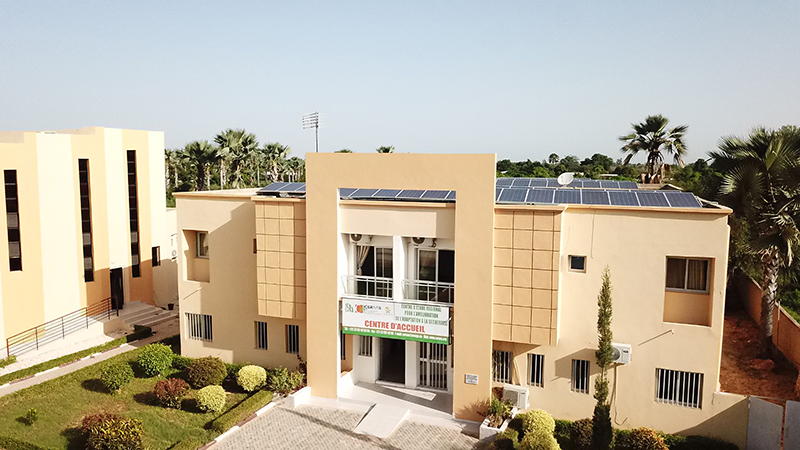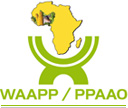
Senegal 02 November 2018 /
If there was one wish by actors of the West Africa Agriculture Productivity Program (WAAPP) at the inception of the centers of excellence, it was to see them begin the process of creating the required collaboration and partnerships to catalyze the critical innovations and technologies to address the region’s priority crops.
After many years of substantial investments in both operations and infrastructure, the Dry Cereal Center of Excellence based in Senegal is now fully equipped thanks to WAAPP Senegal and driving the vital research work on millet, maize, sorghum and other cereals.
“It is impossible today to envisage a possibility of researching dry cereals in West Africa without involving us,” says Dr. Daniel Fonceka, former Scientific Director at the Centre for the Improvement of the Adaptation to Drought (CERAAS).
Not only did the Senegalese government through the WAAPP construct a new multipurpose amphitheater for CERAAS, but it also contributed to renovating infrastructure in associated research campuses. This include:
- . The modernization of the BAME Laboratory;
- . The rehabilitation of buildings and laboratories at the National Agricultural Research Center in Bambey;
- . The purchase of new equipment for the of the laboratory at CERAAS;
- . The modernization of laboratories at the Food Technology Institute.
In doing so, the overarching objective of the WAAPP was not only to create an enabling environment in which excellence in research can thrive but also boost the morale of researchers and scientists. Coming after decades of underfunding of research and development (R&D) in West Africa, the WAAPP deemed that this was vital to place R&D on a new trajectory.
Gaining in Visibility
The multipurpose amphitheater located on the campus of the Senegalese National School of Agriculture (ENSA) has a 200-sitting capacity. In recent months, it has hosted both international and national conferences on various aspects of cereals.
Officials of CERAAS argue that the new infrastructure has helped better position the center among the actors in the regional and international research organizations ecosystem and considerably enhanced their visibility.
“Less than a year ago, we could not host a meeting of 80 people,” says Dr. Fonseca.
“But as a result of the new buildings, we have transitioned to welcoming more 150 scientists including the recent Future Innovation Lab for Collaborative Research in Sorghum and Millet (SMIL) international conference.”
Asserting its Leadership Role
“We are engaging the research community in identifying solutions for the future. That is the role we are called upon to play,” says Dr. Fonseca.
For those familiar with the degrading state of research and development (R&D) before the coming of the West Africa Agriculture Productivity Program (WAAPP), you may agree it is has made a substantial impact in a relatively short period.
The WAAPP funded both operations and infrastructure in its nine specialized centers across West Africa. Based on an evaluation of nine criteria, these centers were expected to transition to regional centers of excellence. Since their creation, two have been upgraded to this coveted status. This includes the Dry Cereals Center in Senegal and the Root and Tuber Center in Ghana.
Graduation to a regional center of excellence under the Economic Community of West African States (ECOWAS) allows for a significant mobilization of resources to examine a priority commodity and allows for greater collaboration and broad dissemination of results.
The Stakes Are Getting Higher
CERAAS is located in Thiès, about 50 kilometers East of the capital, Dakar. Its original mandate was to provide technical solutions to mitigate the effect of drought on agricultural production. Together with other centers, it is today driving research on dry cereals for the benefit of Senegal and the West Africa region.
The dwindling millet production amidst the changing climate means its researchers have a critical mission to devise solutions that would enable the largely cereal-dependent population to become resilient and food and nutrition secured.
Some Great Results so Far
Since its creation, this center on dry cereals has devised over 20 technologies, five new varieties of beans and two varieties of sorghum. As part of its research on climate-smart varieties, the center has developed ten groundnut varieties that are climate-smart as well as other varieties of cowpea. They are all contributing to farmers adaptation to effects of climate change. Eight permanent researchers work for CERAAS while 70 others support the implementation of the research plan.







